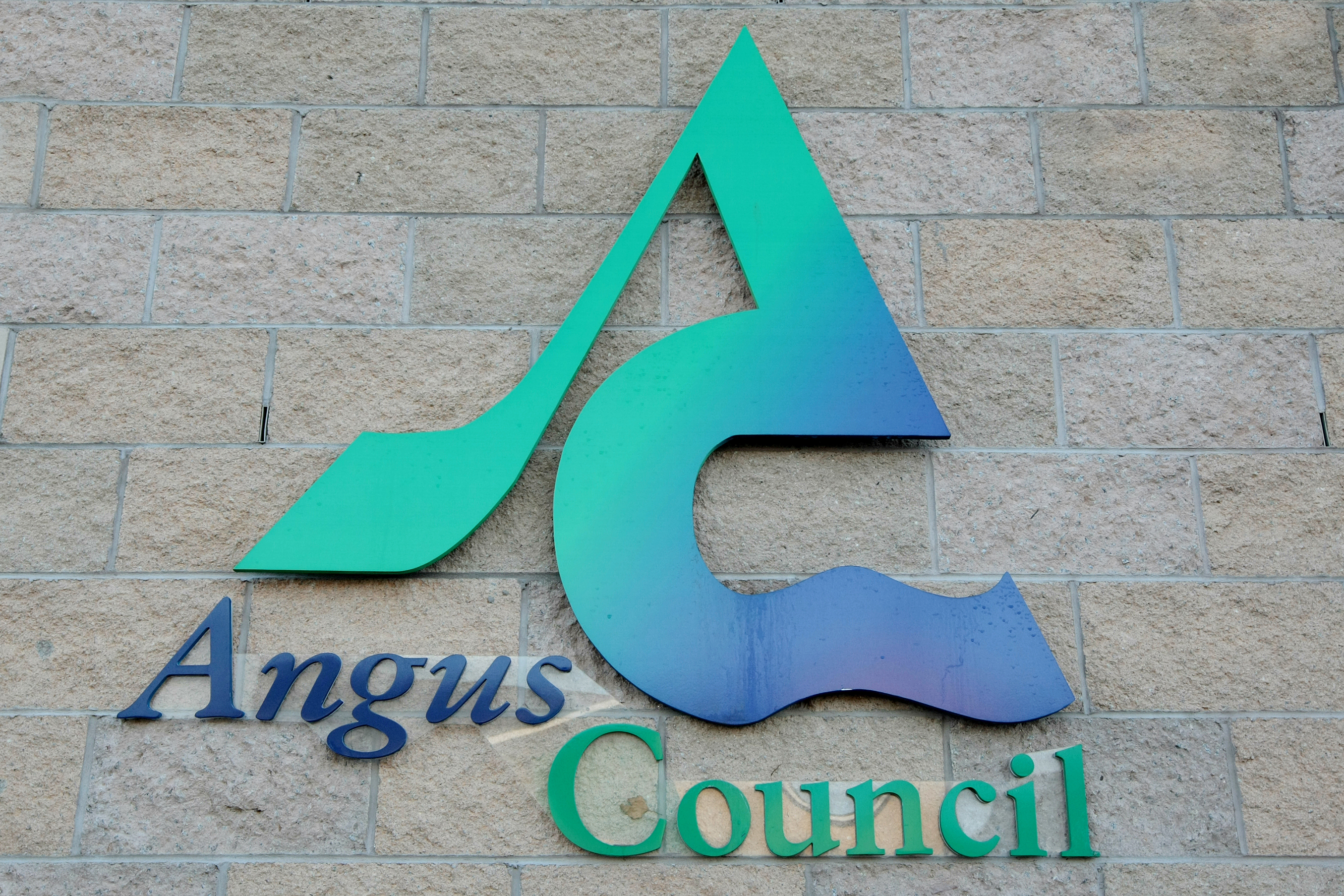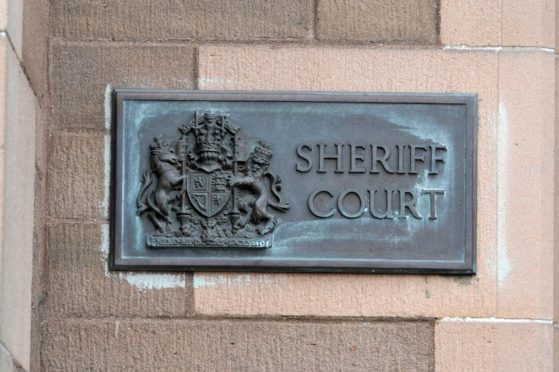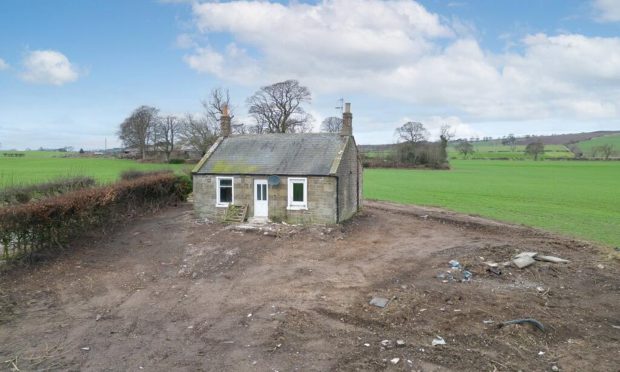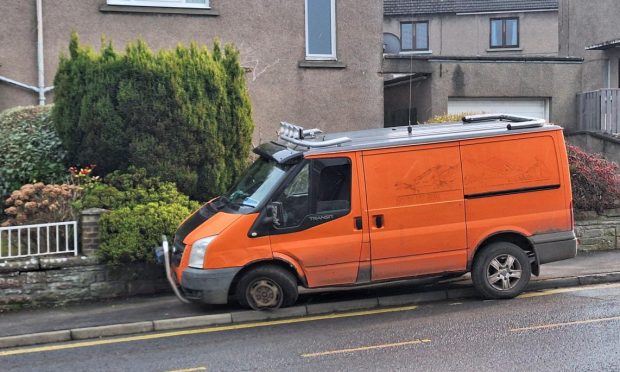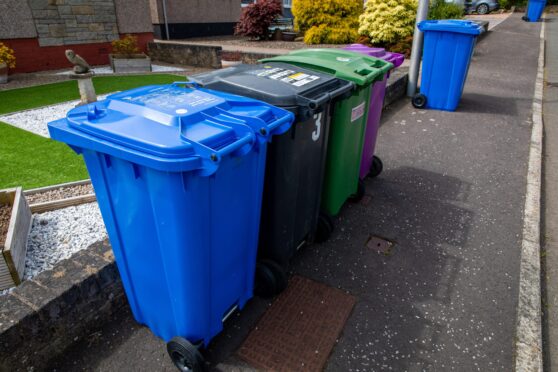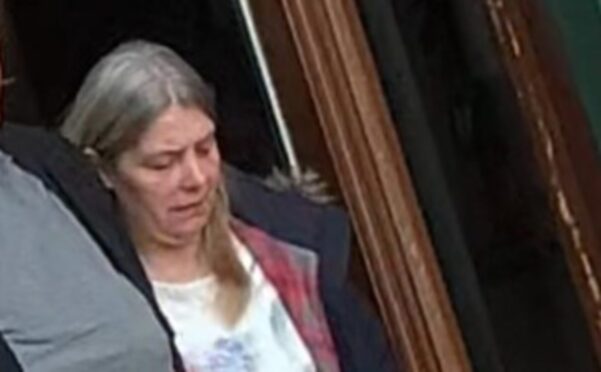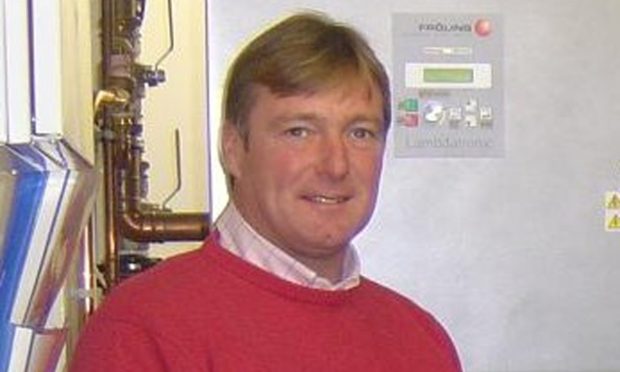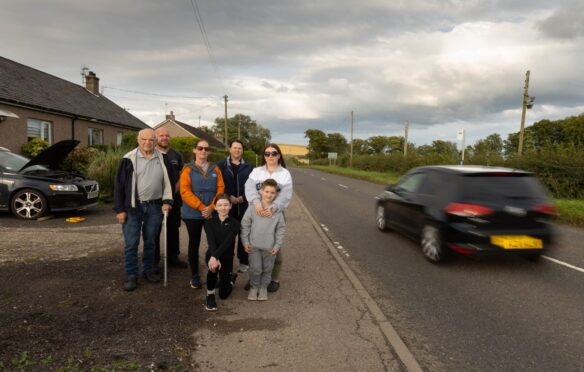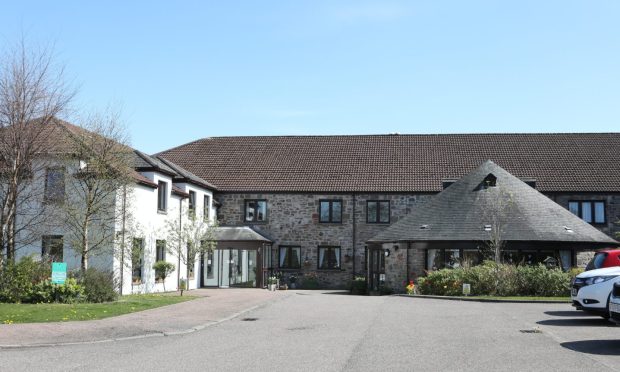Finance chiefs are confident Angus will maintain its position near the top of Scotland’s council tax collection league despite having to give up on almost £1/2 million of irrecoverable dues.
In the year to the end of March, Angus Council gathered in 97.8% of council tax due – more than £50 million – a marginal dip from the 97.9% figure of the previous year, but exactly on a par with 2015/16.
In one single case, the council lost £25,000 of council tax following the sequestration of someone who owned four properties.
However, with more money to collect than before due to the ending of the decade-long council tax freeze, an additional £3 million is due to be added to the balance sheet.
In a report going to policy and resources committee councillors on Tuesday, revenue and benefits service leader Graham Ritchie will set out the collection statistics, and break down a £1.5 million irrecoverable bad debt figure on the authority’s books.
“Consistently maintaining collection levels is a considerable achievement given the ongoing effects of the wider welfare reform agenda and the continuing difficult economic situation affecting households on low income,” states Mr Ritchie in the report.
“In addition, growth in the number of properties liable to pay council tax, coupled with the increase and changes in ratios for bands E to H mean that there is more council tax income to collect than before.
“Although the collection rate is marginally lower, the actual amount of council tax collected has increased by £3m.
“To put this performance into context, nationally it is expected that this will again be a top five performance.”
Business rates collection for the past three years dropped from 98.7% in 2015/16 to 98.1% last year, with a further marginal fall to 98% in the 2017/18 financial year.
“Despite a slight reduction in performance which is due to collection difficulties with a small number of larger payers and following the late notification of new properties from the assessors which left insufficient time to bill and collect prior to the end to the financial year, this should again be top quartile performance,” the report adds.
“We continue to collect outstanding charges beyond the year end and every effort will be made to continue to ensure that collection levels are maximised.”
The council’s 2017/18 bad debt tally comprised £412k council tax, 273k water and sewerage charges, £178k business rates, £151k housing benefit overpayments and a near £1/2 million figure from the sales ledger.
Mr Ritchie added: “Whilst these values are significant they require to be taken in the context of the gross charges levied and the council’s positive collection performance.
“It has to be stressed that although these accounts are at this time deemed irrecoverable, should circumstances change every effort will be made to pursue any viable sums due. 88% of the council tax and business rates debt deemed irrecoverable can be categorised as sequestration/insolvency or unable to trace.
“There were three sales ledger accounts with a significant write-off value greater than £10,000. These were amounts of £15,450, £14,769 and £28,479 and were due to insolvency and deceased.”
